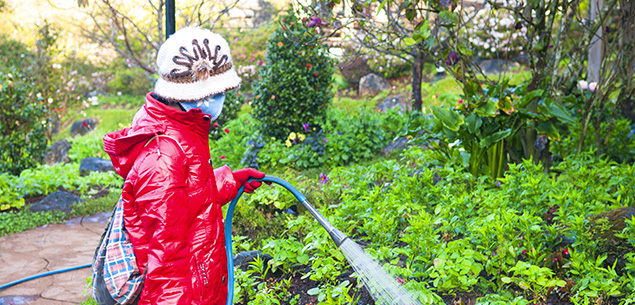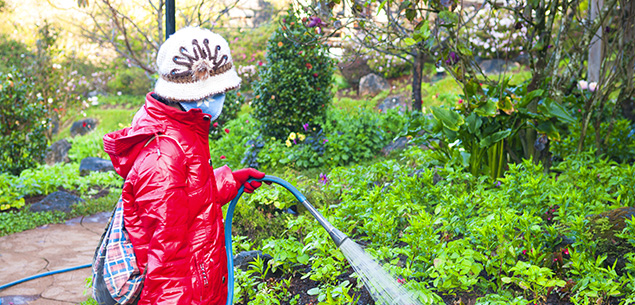
The Partner and I have been walking hand in hand around the garden in darkness of late. It may sound romantic, but the fact is we were out there trying to identify what was eating the leaves of our kakabeak, nectarine tree and various other favourite plants, all of which looked as if they were in need of a good darning.
It turned out to be bronze beetles, the adult form of the grass grub, which were obviously not fully satisfied with the havoc they’d wrought on our lawns before they grew up. Being an anti-spray person, I was all for picking them off the plants and re-homing them, while the Partner wanted to murder them with something toxic. I’m not telling who won.
Rule number one:
What it did establish for us was the first rule of pest control: “know thine enemy”, and that if you’re going to spray, buy something that’ll kill it without killing your pets, your bees or you.
Rule number two:
The second rule is to read the directions. Don’t be put off by the fact that you need two pairs of glasses to see the fine print – you’ll be amazed at how much information is contained in that little brochure. It’ll tell you, for example, not to mix and match – your chemical may not go well with something else you’re using. You’ll also find out whether it’s too hot or too cold to spray, how your chemical is affected by rain, and whether the season is right for what you want to do.
Rule number three:
Clean your sprayer thoroughly before you put anything into it. Yes, perhaps you did clean it before you put it away last time, but are you really sure?
Rule number four:
Protect yourself. Try not to let vanity get in the way of wearing overalls, a silly hat, gloves and a mask. Get the gear on before you even approach the container.
Rule number five:
Mix it according to instructions, and do not assume more is better.
Don’t rely on memory to mix up something you used last season – read the instructions again. And if there just happens to be some left over from last time, don’t use it, even if you’re certain you remember what it is.
Clean up:
When you’ve finished, find out from your local council how best to dispose of any leftover chemical. Don’t tip it down the sink, the toilet, the nearest drain or into any waterway. Clean up everything thoroughly, put the silly clothes in the wash, and take a long shower – not just to get rid of any spray residue, but to reward yourself for getting the job done.




